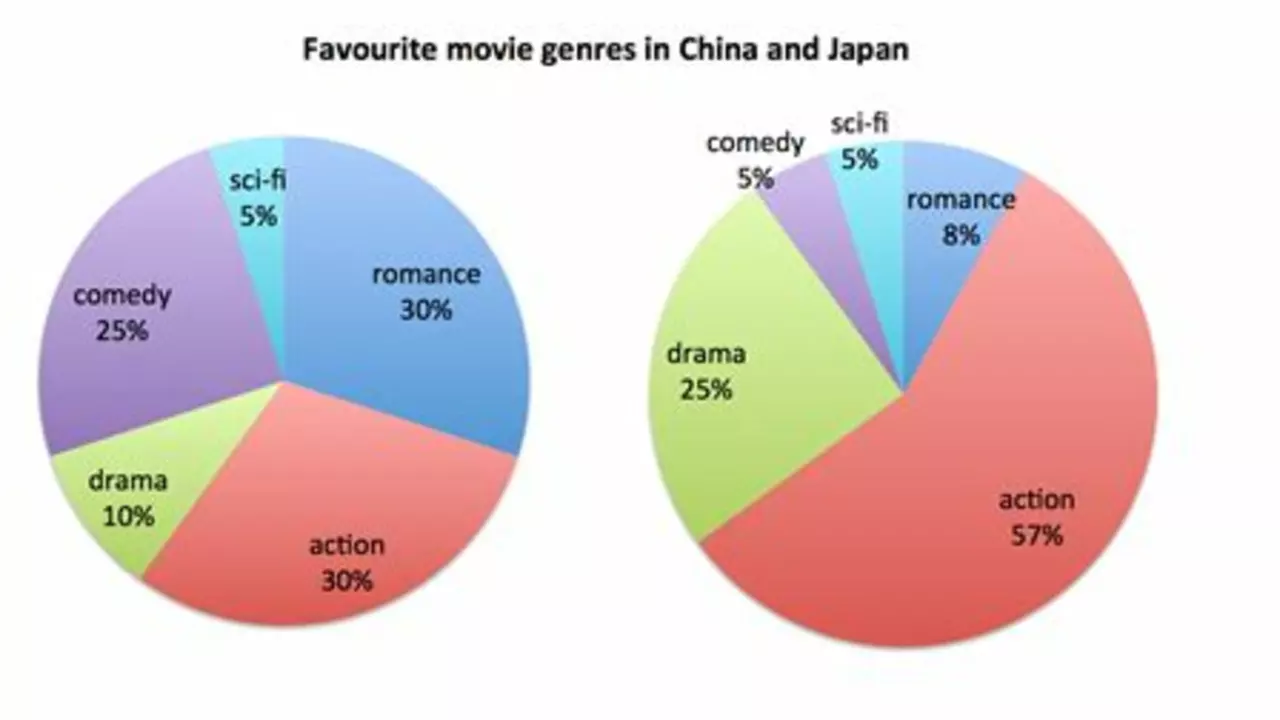Decade Comparison in Formula 1: How Racing Has Evolved
Ever wonder why a race from the 80s feels so different from a modern Grand Prix? The answer lies in the tech, the rules and the people behind the wheel. In this guide we break down the biggest shifts between each F1 decade so you can spot the patterns that matter the most.
Tech leaps – from turbo lag to hybrid power
The 1970s introduced turbocharged engines, giving a raw boost but also a sneaky lag that drivers learned to live with. By the 1990s the turbo era was gone, replaced by naturally‑aspirated V10s that sounded like a jet engine on the straight. Fast forward to 2014, and the hybrid V6 turbo‑units arrived, combining electric power with fuel efficiency. Each tech jump didn’t just make the cars faster; it changed how teams set up the car, how drivers manage tyre wear, and even how races are strategised.
Driver line‑ups and the rise of super‑stars
In the 60s and 70s you saw legends like Jackie Stewart and Niki Lauda dominate, often racing with minimal safety gear. The 2000s brought the Schumacher‑Alonso era, where driver fitness became a full‑time job and media hype turned them into global brands. Today, the spotlight shines on the likes of Max Verstappen and Charles Leclerc, who blend raw talent with data‑driven training. The way drivers interact with engineers has shifted from gut feeling to a constant exchange of telemetry.
Safety advances also set each decade apart. The 1970s were notorious for fatal accidents, prompting the introduction of the HANS device in the 90s and the halo system in 2018. These measures have made the sport dramatically safer, allowing crews to push the limits without the same level of risk.
Race formats have morphed too. Early seasons featured long, grueling Grand Prix weekends, while recent years have compacted practice sessions and added sprint races to keep fans engaged. The sprint format, introduced in 2021, gives drivers a chance to earn extra points, shaking up championship battles even before the main race starts.
When you compare lap times, the differences are stark. A 1990 Monaco lap sat around 1:22, while the 2023 record is under 1:09. That’s not just about power; it’s about aerodynamic refinements, tyre compounds and even digital simulation tools that help teams fine‑tune every curve.
So, how can you use a decade comparison in your own F1 fandom? Look at the stats – engine output, pole positions, win percentages – and match them against rule changes. Spot patterns like how tyre suppliers influence race outcomes, or how a shift in qualifying format can swing the championship. Knowing the context makes every race feel richer.
Bottom line: each decade of Formula 1 tells a story of innovation, risk and personalities. By understanding the key differences, you’ll appreciate why a 2024 race feels both familiar and completely new. Grab your favourite race footage, pick a decade, and see how far the sport has come – you might be surprised at what you discover.

Are sports more popular now than they were 10 years ago?
In my observation, sports have indeed grown more popular in the past decade. Thanks to the rise of digital media and social platforms, access to sports content has become easier and more widespread than ever before. New technology has also improved the viewing experience, making games more engaging and interactive. Additionally, the proliferation of youth sports programs has sparked a renewed interest in athletic activities at an early age. So yes, in my view, sports are certainly more popular now than they were 10 years ago.
July 17 2023